Re: Africa Wild Flower Book - Order Asterales
Posted: Sun May 04, 2014 9:20 pm
Thorny Salad Bush Didelta spinosa (Perdebos, Slaaibos)
Order: Asterales. Family: Asteraceae. Subfamiliy: Cichorioideae. Tribe: Arctotideae. Subtribe: Gorteriinae

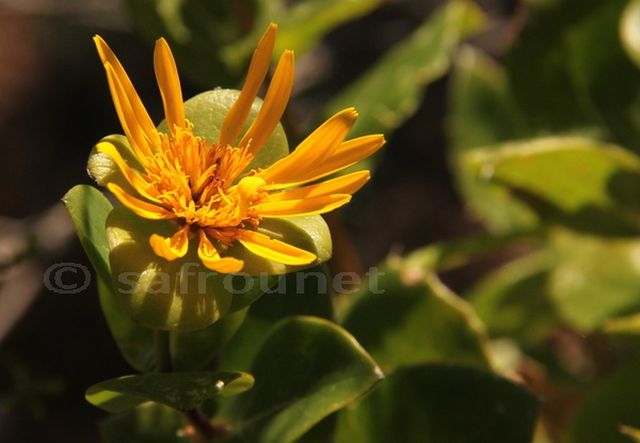
Augrabies 8.10.2012
Description
Didelta spinosa is a perennial shrub to 2 m with solitary yellow daisy flowerheads. It is cobwebby on the young parts, with somewhat fleshy, opposite, oval to elliptical shiny green leaves, lobed at the base, with the margins slightly rolled under and sometimes prickly. Tiny white spines are found at the leaf tips. The spines are not always present. Flowering happens from midwinter to early spring. It bears solitary, large, radiate, yellow flowerheads at the branch tips. A single array of narrowly elliptic ray florets surrounds the yellow disc. On each ray floret two longitudinal grooves can be seen, as well as notched tips on some of them.
Distribution
The plant is distributed along a strip on the west coast from Saldanha to the Gariep and into Namibia.
Habitat
Succulent Karoo. It grows on dry, rocky slopes (sandstone and granite).
Links: John Manning: Field Guide to Fynbos
Order: Asterales. Family: Asteraceae. Subfamiliy: Cichorioideae. Tribe: Arctotideae. Subtribe: Gorteriinae


Augrabies 8.10.2012
Description
Didelta spinosa is a perennial shrub to 2 m with solitary yellow daisy flowerheads. It is cobwebby on the young parts, with somewhat fleshy, opposite, oval to elliptical shiny green leaves, lobed at the base, with the margins slightly rolled under and sometimes prickly. Tiny white spines are found at the leaf tips. The spines are not always present. Flowering happens from midwinter to early spring. It bears solitary, large, radiate, yellow flowerheads at the branch tips. A single array of narrowly elliptic ray florets surrounds the yellow disc. On each ray floret two longitudinal grooves can be seen, as well as notched tips on some of them.
Distribution
The plant is distributed along a strip on the west coast from Saldanha to the Gariep and into Namibia.
Habitat
Succulent Karoo. It grows on dry, rocky slopes (sandstone and granite).
Links: John Manning: Field Guide to Fynbos
 © Tina
© Tina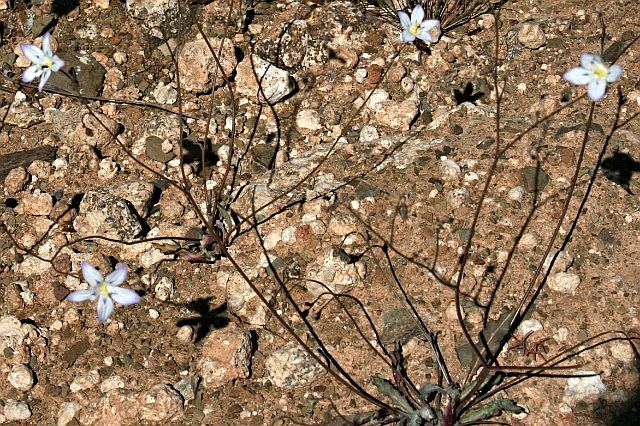 © Tina
© Tina © GavinW
© GavinW © Michael de Nysschen
© Michael de Nysschen © Tina
© Tina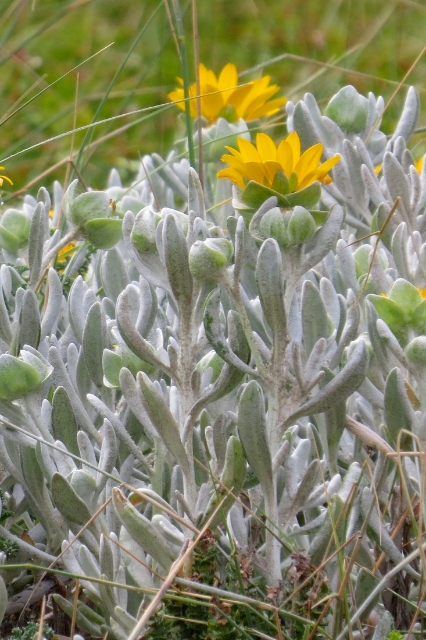 © Tina
© Tina © Tina
© Tina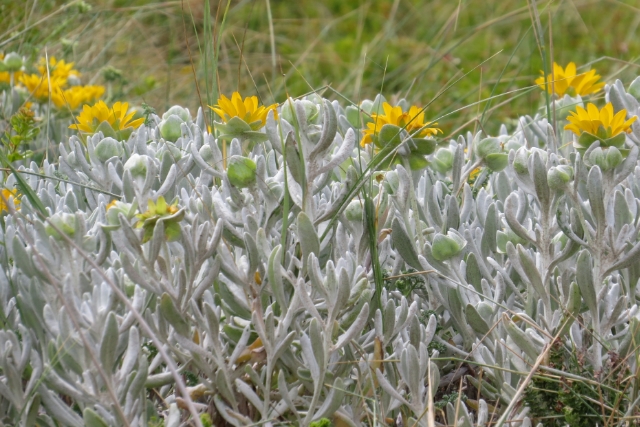 © Tina
© Tina © Tina
© Tina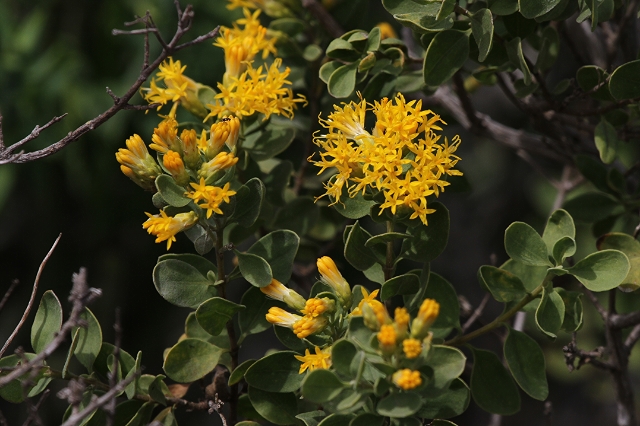 © Tina
© Tina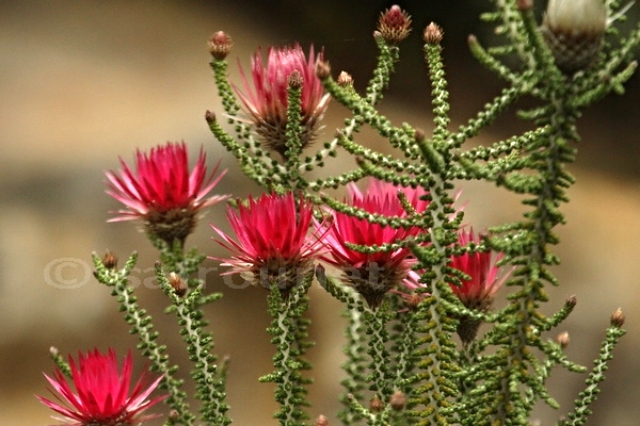 © nan
© nan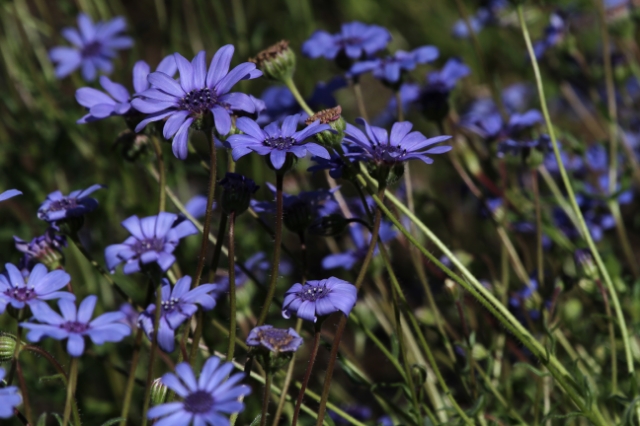 © Tina
© Tina